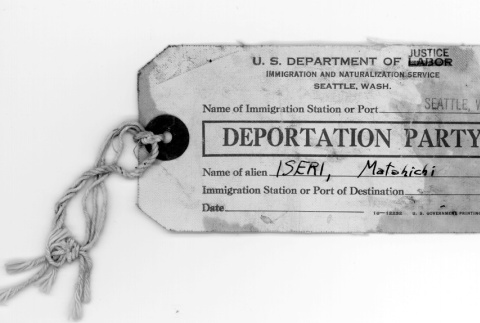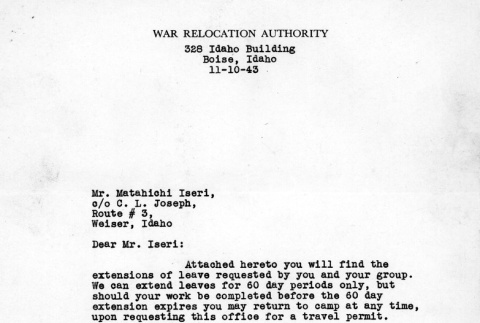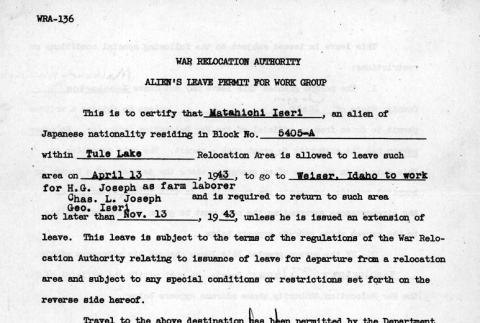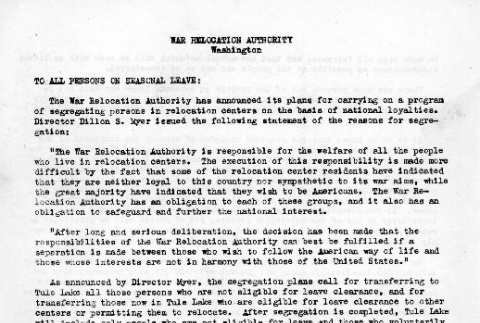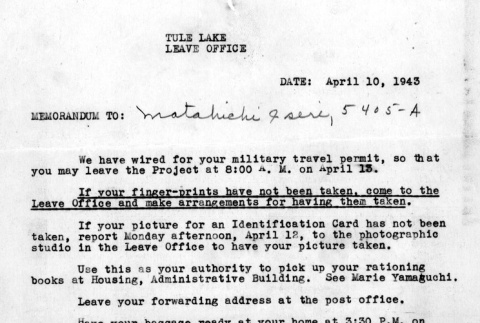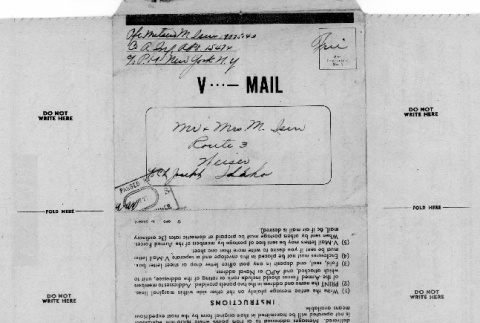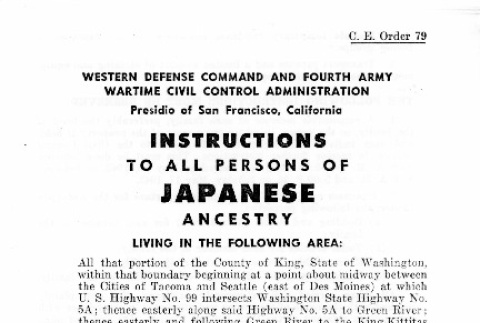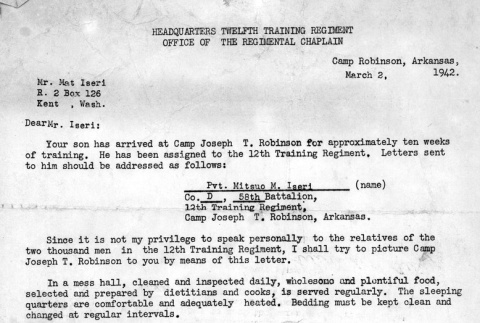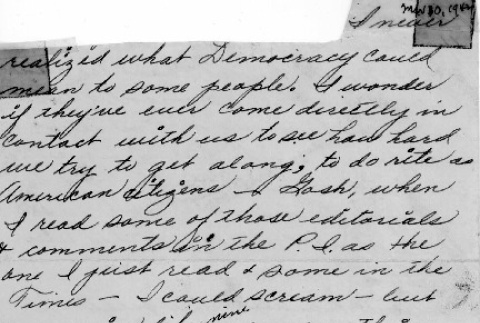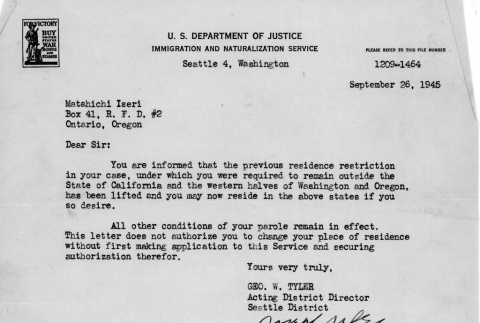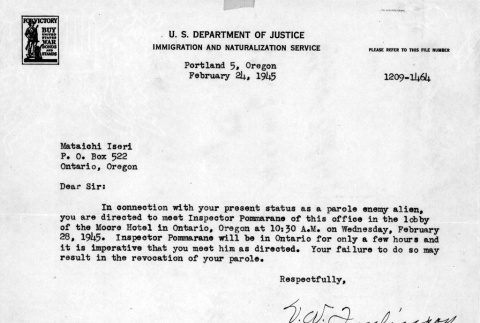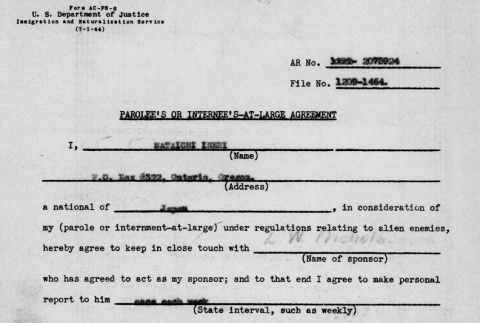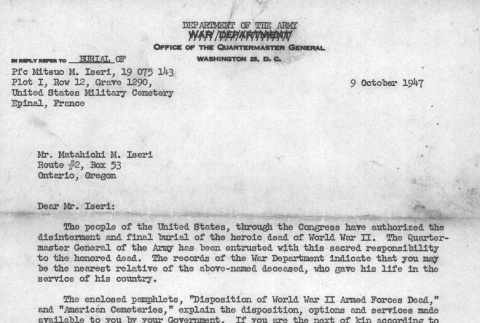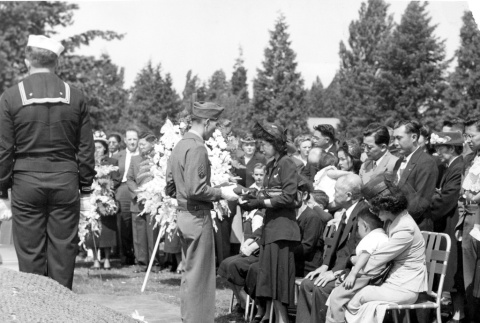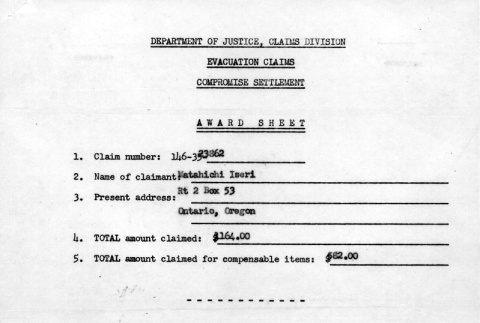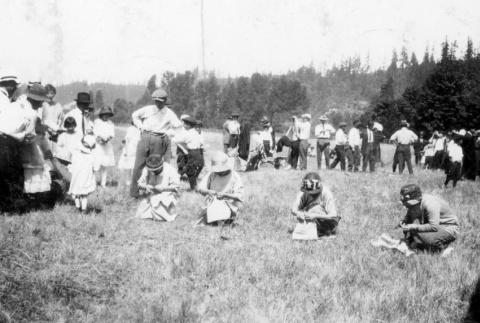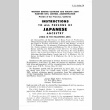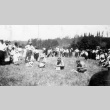Yamada Collection ddr-densho-25
99 items
99 items
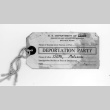
doc
Deportation tag (ddr-densho-25-32)
Matahichi Iseri received this deportation tag when he was sent to Fort Missoula, Montana, a Department of Justice internment camp for enemy aliens.
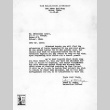
doc
Seasonal work leave program letter (ddr-densho-25-33)
As part of the seasonal work leave program, Matahichi Iseri and his family worked as farm laborers in Weiser, Idaho, from 1943 until 1945. They later applied for extensions, and this letter from a relocation officer was sent to Matahichi Iseri along with the family's extensions of leave.
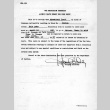
doc
Alien's leave permit (ddr-densho-25-34)
In April 1943, Matahichi Iseri and his family were granted permits to leave the Tule Lake concentration camp to go to Weiser, Idaho, as part of the seasonal work leave program. Because he was an Issei, Matahichi Iseri had to apply for a special permit.

doc
Memorandum from the WRA to persons on seasonal leave (ddr-densho-25-36)
The Iseris had originally been held at Tule Lake concentration camp before it became a segregation camp. At the time of the conversion, they were living in Weiser, Idaho, under the seasonal work leave program. This letter, which was sent to the Iseris in Idaho, explained the circumstances surrounding the conversion of Tule Lake.

doc
Seasonal Work Leave permit for an Issei (ddr-densho-25-40)
Matahichi Iseri and his family participated in the Seasonal Work Leave Program, and were thus issued permits to become temporary laborers on a farm in Weiser, Idaho. This memo to Matahichi Iseri from the Tule Lake Leave Office detailed instructions for Matahichi's departure from Tule Lake to Weiser.

doc
V-mail letter (ddr-densho-25-41)
While Mitsuo (Mike) Iseri was in the army in 1944, he sent this V-mail letter to his parents.
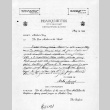
doc
Mother's Day letter (ddr-densho-25-43)
In 1944, Matahichi and Kisa Iseri's son, Mitsuo (Mike) Iseri, was in the army and was stationed at Fort McClellan, Alabama.
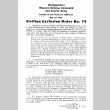
doc
Civilian Exclusion Order No. 79 (ddr-densho-25-45)
Prior to mass removal, exclusion areas were described in civilian exclusion orders posted by Lieutenant General John DeWitt of the Western Defense Command. Civilian Exclusion Area No. 79 included a portion of South King County, Washington. Maps detailing the prohibited area were also posted.

doc
"Evacuation" instructions (ddr-densho-25-49)
Instructions for persons of Japanese ancestry preparing for mass removal.

doc
Notification of a Nisei's induction into the military (ddr-densho-25-50)
Letter from the chaplain of the 12th training Regiment at Camp Robinson, Arkansas, to Matahichi Iseri. The letter describes Camp Robinson, where his son, Mitsuo (Mike), had been sent for military training. On January 23, 1942, the government decided to send Japanese American soldiers who were still in service to special camps in Arkansas and Alabama. …
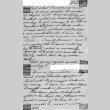
doc
Letter from a Nisei woman to a friend (ddr-densho-25-51)
In 1942, Mae Iseri wrote this letter to a family friend, Mrs. Frink, in Seattle.

doc
Letter regarding parole agreement (ddr-densho-25-53)
Letter from the Department of Justice to Matahichi Iseri regarding his requirements as a parolee. On December 7, 1941, the FBI began to arrest Japanese nationals who were considered "enemy aliens." An alien enemy hearing board was created, which determined whether the individual was to be released, paroled, or interned. Matahichi Iseri was paroled in 1942 …

doc
Letter regarding residence restriction (ddr-densho-25-54)
This letter from an Immigration and Naturalization Service parole officer to an Issei man in September 1945 informed him that his previous residence restriction had been lifted and he could now return to the West Coast.

doc
Letter regarding parole conditions (ddr-densho-25-55)
This letter informed Matahichi Iseri that under the conditions of his parole, he was barred from returning to the West Coast.

doc
Letter regarding parole appointment (ddr-densho-25-56)
This letter to Matahichi Iseri informed him of his appointment to meet with his parole officer.
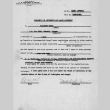
doc
Parole Agreement (ddr-densho-25-57)
On December 7, 1941, numerous Japanese nationals were arrested by the FBI as "enemy aliens." An alien enemy hearing board was created, which determined whether the aliens were to be released, paroled, or interned. Matahichi Iseri signed a Parole Agreement in which he agreed to the terms of his parole.

doc
Application for relocation assistance (ddr-densho-25-58)
This application for relocation assistance was filled out on February 15, 1946, by Mae Iseri, under her married name of Mae Yamada. The application lists herself and her two sons. They wished to relocate to Kent, Washington, and were granted $25.
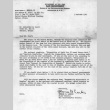
doc
Letter to an Issei man from the U.S. Quartermaster General (ddr-densho-25-60)
Mitsuo (Mike) Iseri, son of Matahichi and Kisa Iseri, was killed in action during World War II. As his closest relative, Matahichi Iseri received a letter from the U.S. Quartermaster General of the Army asking him to complete a form entitled "Request for Disposition of Remains," which enabled him to arrange for the funeral of his …
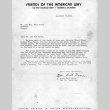
doc
Letter from Friends of the American Way (ddr-densho-25-61)
In this letter, the Friends of the American Way, an activist group sympathetic to Japanese Americans, expressed its condolences to Matahichi and Kisa Iseri following the death of their son, Mitsuo (Mike) Iseri, who had served in the military.
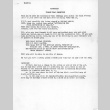
doc
Instructions to an Issei man regarding the burial of his son (ddr-densho-25-62)
Mitsuo (Mike) Iseri, son of Matahichi and Kisa Iseri, was killed in action during the war. Matahichi Iseri was instructed to fill out a form entitled "Application for Final Disposition of Remains."
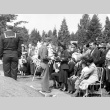
img
Burial of a Nisei soldier (ddr-densho-25-63)
Mitsuo (Mike) Iseri, son of Matahichi and Kisa Iseri, was killed in action during World War II.
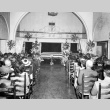
img
Funeral service for a Nisei soldier (ddr-densho-25-64)
Mitsuo (Mike) Iseri, son of Matahichi and Kisa Iseri, was killed in action during World War II. He was later buried in Seattle, Washington.
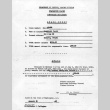
doc
Evacuation claims settlement sheet (ddr-densho-25-65)
Under the Japanese American Evacuation Claims Act, Matahichi Iseri claimed $246 in damages from losses due to World War II. In 1952, the Justice Department awarded him a compromise settlement of $226. He was fortunate to receive an amount so close to his original claim, since many Japanese Americans received much less.
